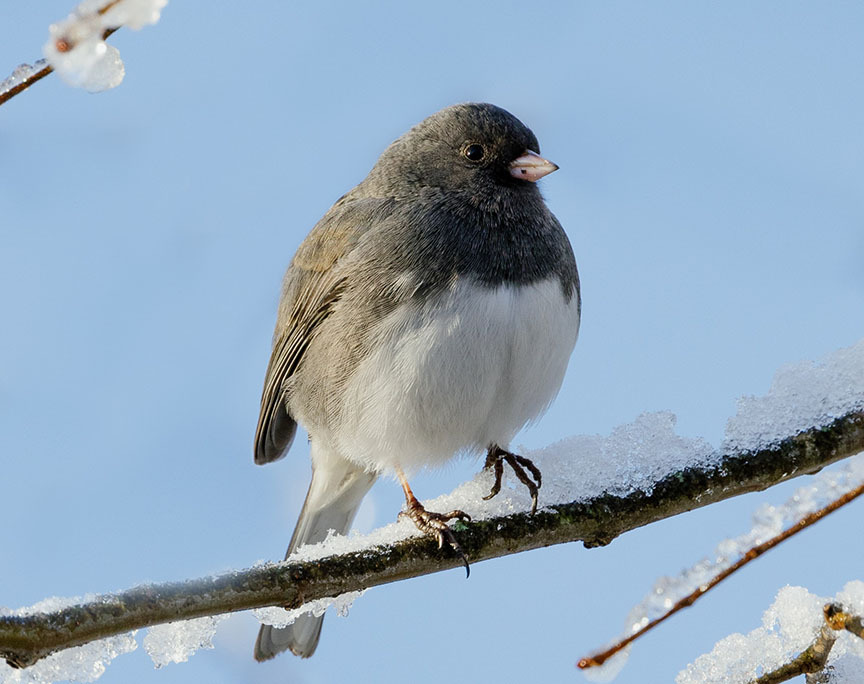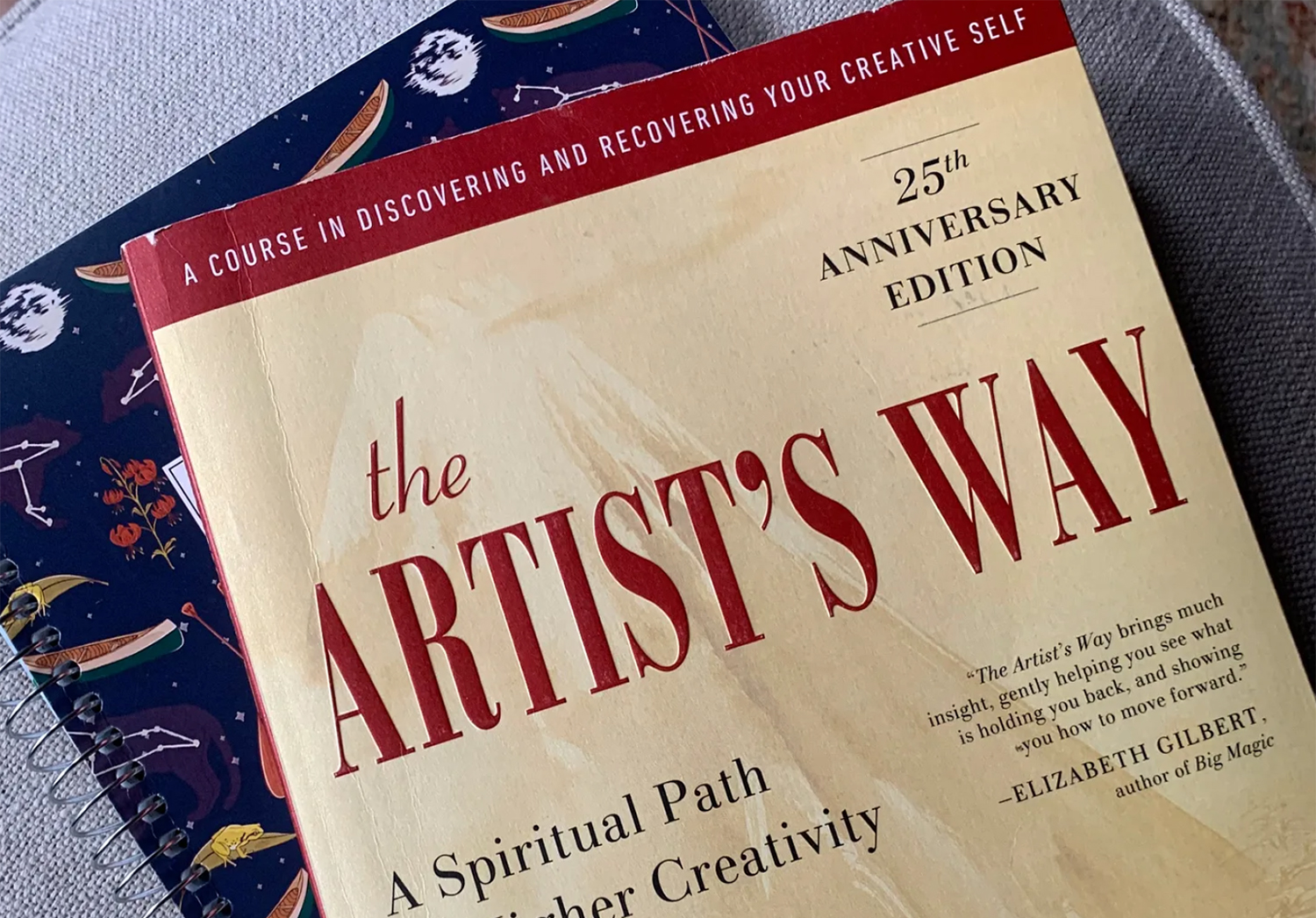
Beating SAD: How I learned to stop worrying and become a snowbird
So, I’m a winter-hater. Big time.
Despite growing up in Chicagoland and having northern-European ancestry, if I could never feel the sensation of “cold” again, I’d sign right up. Every winter, like many Seasonal Affective Disorder sufferers, I get depressed, lethargic, low-energy, and sad. In truth, I’ve been a real drag about it, grousing each year to anyone who’ll listen and posting Lew Welch’s maudlin Chicago Poem on my socials every March, when the darkness and cold feels never-ending.
That’s why I’ve fled Chicago for California — not once but twice, making big cross-country moves in 2000 and 2018. But both times, I returned home for various reasons within a few years. When away, I experienced serious homesickness and was relieved to return to my Midwest community. After all, I left because of the weather, not the people.
When you’ve exhausted all the other remedies
When the COVID-19 pandemic prompted my husband and I to hightail it back to Chicago from LA in our mid-forties, we were intent on living in the city differently than before, with goals to:
- Buy a house (a laughable concept in LA but we were able to buy a small bungalow in Chicago)
- Live closer to nature (our house is steps from 42 acres of native woodland, rehabilitated wetland, a river, bird sanctuary and prairie stream)
- Become snowbirds (i.e., people who travel to warmer climates during winter)
Snowbirding was particularly crucial because I’d exhausted all the other SAD remedies: light therapy, omega 3s, fish oil supplements, hot yoga, cardio, traditional therapy, saunas, CBT therapy, and mood meds and honestly, the only thing that has ever significantly helped is basking in warm, sunny weather, preferably with a pool or beach nearby.
Our first winter back in the Midwest was 2021, when COVID numbers made travel seem unthinkable. But this March, vaxxed and boosted, I fled to a close friend’s father’s vacation home in Sarasota. Unsurprisingly, within a few hours, the 80-degree weather, sunny skies, view of Lemon Bay, and heated saltwater pool boosted my mood to the point where I felt like a completely different person: hopeful instead of hopeless, energized instead of lethargic, and cute instead of crone-like. I swam in that pool 2-3 times each day. Swimming was my first love and first experience with joy as a kid. I loved how the combination of the sun and water made my body feel connected and whole. It was sublime but also frightening to realize that so much of my mood hinges on things I can’t control — weather, light, access to great real estate.

Listening to my body
I’ve decided that although intellectually I know being in a warm climate helps, when it’s wintertime, I need to be reminded on a physical level of just how different I feel in warm, sunny weather. Experiencing that happy, connected feeling in my body (along with kayaking in mangroves, hiking and swimming) seems to trigger a reminder to my brain that my depression is seasonal/temporary and that soon enough, I’ll feel like that summer person again. My body and brain connect once again when this happens.
Within hours of landing in Florida, I had the feeling of sunlight coursing through my veins, beaming happiness and hope and creativity throughout my body and mind. And it felt, for lack of a better word, sacred. I don’t take that for granted. And, I am tired of devaluing how important that feeling is.

I know I’m not unique. It’s no big revelation that warm, sunny weather is happy-making. Every year in Chicago, on the first warm-weather day of the year, you can witness throngs of giddy people at the parks, biking with their kids, wearing shorts, and generally acting like recently uncaged animals. However, it’s the extent to which weather affects me that’s brought me to the conclusion that I need to make a regular, annual practice of just literally getting out of town for several weeks every winter. I’m glad for the self-knowledge but bummed I didn’t figure this out — and make a priority of it — much, much earlier in life.

Which leads me to: Why didn’t I? In the past 25 years, I’ve done stressful cross-country moves twice, trying to beat winter. I’ve spent thousands of dollars on herbal remedies, superfoods, supplements, books, hot yoga, wool layers, and full-spectrum lamps. Why has it taken me so long to pay heed to what I know about myself and what I need to maintain my physical and mental health?
There have been various barriers (time, money, work projects), sure, but beyond that, I think it’s because of how guilty, selfish, and privileged it makes me feel to say out loud: “To preserve my mental and physical health, I have to leave Chicago for several weeks each winter.” Who do I think I am, anyway? Some hoity-toity fancyperson? The audacity!

Migratory humans
The odd thing about the word snowbird is that when it applies to humans, it means older people who flee to places like California, Florida, or the southwest during winter. But, actual snowbirds —mostly dark-eyed juncos, fieldfare and snow buntings — migrate south from Canada and other North American evergreen forests in autumn, are found around woodland edges and are one of the most familiar birds at North American bird feeders. They were so named because they bring snowy winter weather on their wings; they literally arrive with the snow.
I wasn’t raised in a family that took frequent trips and we never vacationed in winter — in fact, many of my family members thrive in frigid temps and enjoy cold-weather sports. My dad was a talented hockey player and got me my first pair of ice skates at age 3; my brother also loves playing hockey and my sister prefers meat-locker temperatures. Too, my family is made up of survivors, daughters and sons and grandchildren of refugees, who don’t give up. We grit our teeth and get through things. “Feeling good” doesn’t really matter. We keep on.
So, despite my aversion to cold, I bundled up and took ice-skating lessons through middle school because it was what you did. In high school, as part of the swim team, I jumped into a freezing cold pool twice daily, even in the below-zero winter months (my sadistic coach believed extra-cold water helped us swim faster). Why? I was in survival mode and thought that since I was a good swimmer, I was obligated to be on the team. It’s taken me a long time to come to terms with having special needs around cold weather, and understanding (in a body-centered way) that in order to remain in Chicago long-term, it’s imperative that I leave for several weeks every winter. It feels outrageously uppity to say so — (also makes me worry that people will think I’m an effete or elitist; all very non-Midwest qualities).

The self-care piece
And that’s where the radical self-care element comes in: applying my hard-won self-knowledge to the way I structure my life. In our late-stage capitalistic world, it won’t be easy to assert my need to fly south on an annual basis. First, I’m not wealthy, so I’ll have to budget for it and make sacrifices. Second, I’m unsure if my current job will allow me to work remotely for several weeks each winter. Last, family and friends might consider me a soft, pampered, wuss-person and I’ll have to come to terms with that, too.
But I know in my heart, mind, and body that for me, snowbirding is that important. After leaving Chicago twice, this is the only chess move I’ve got left for staying in a city I love.
Seasonal Affective Disorder is often talked about with a scoff, a laugh, or a roll of the eyes. But for those of us who face down this demon every year, the cold gray months are actual hazards to feeling like ourselves and living stable and productive lives. Even back in middle school, I remember the effort I expended each spring to crawl out of my winter depression and come back into my body. Even at age 11, I remember feeling creaky and world-weary like an old woman or invalid making the first steps towards recovery. I’ve lived through a lot of winters since then and each one gets more grueling.

Learning from the birds
Back to snowbirds — the winged kind. I’ve realized that even though they’re associated with winter-hardiness and snow, they’re still leaving an Arctic location to travel south for the winter. Snowbirds are hardwired to make this feel-good journey to warmer weather every year, except, unlike me, they do it as a matter of course, presumably without guilt or shame. They get their compass information from no less than the sun, stars, and the earth’s magnetic fields. These journeys are part of their evolutionary toolbox and critical to their survival. I repeat this statement to myself, as a mantra and guiding light: These warm-weather journeys are critical to the birds’ survival.

I was a pretty damn good competitive swimmer in high school, lettering my freshman year and picking up plenty of first-place ribbons my sophomore and junior years. But at the end of junior year, while talking to my coach after practice, I complained about being tired, cold and enduring 3 ½ hours of practice per day. “I know, he said, “but it’s just one of those things you have to do.”
“That’s the thing, I don’t have to do it.” It was only as I heard the words aloud that I realized they were true. I did not actually have to grit my teeth and experience the daily terror of jumping into ice-cold water. I did not have to wake at 5 a.m. for before-school practice. I had the option of listening to my body. So, I opted not to join the team my senior year—a major act of self-care. I still love water and still swim regularly, but never regretted this decision a bit.
I plan on taking my annual winter exodus seriously and am already making plans for a getaway in January 2022, maybe Mexico with my sis. I keep going back to the phrase: These journeys are critical to the birds’ survival and have created variants of it just for me:
…These journeys are medical care.
…These journeys don’t require permission from others.
And, my favorite: These journeys are about going beyond survival.
Because, isn’t mere survival a depressing life goal? Let’s not forget that the central tenet of self-care (as defined by bell hooks) is the art of meeting your own needs in order to operate at your fullest capacity and participate in community care and activism. How could I show up for my community if I wasn’t lethargic for months each winter? Would I finally attend a meeting for the mutual aid organization in my ‘hood? Volunteer for the monthly cleanup at my favorite park? Be a more attentive friend and family member?
I’m interested in the potential of that person. I’m deeply curious about the TBD version of me who doesn’t just grit her teeth, cope and bootstrap through winter; who knows she needs to peace-out to a sunny location for a few weeks. Having defined what I need to survive, now I’d like to go beyond survival, and perhaps (who knows?) even find my way to a little more joy.

This essay is part of Self-Care Isn’t Selfish, Gretchen Kalwinski’s regular column about radical self-care. Read her past columns, about unsexy-yet-effective self-care methods and self-care for couples during COVID.



